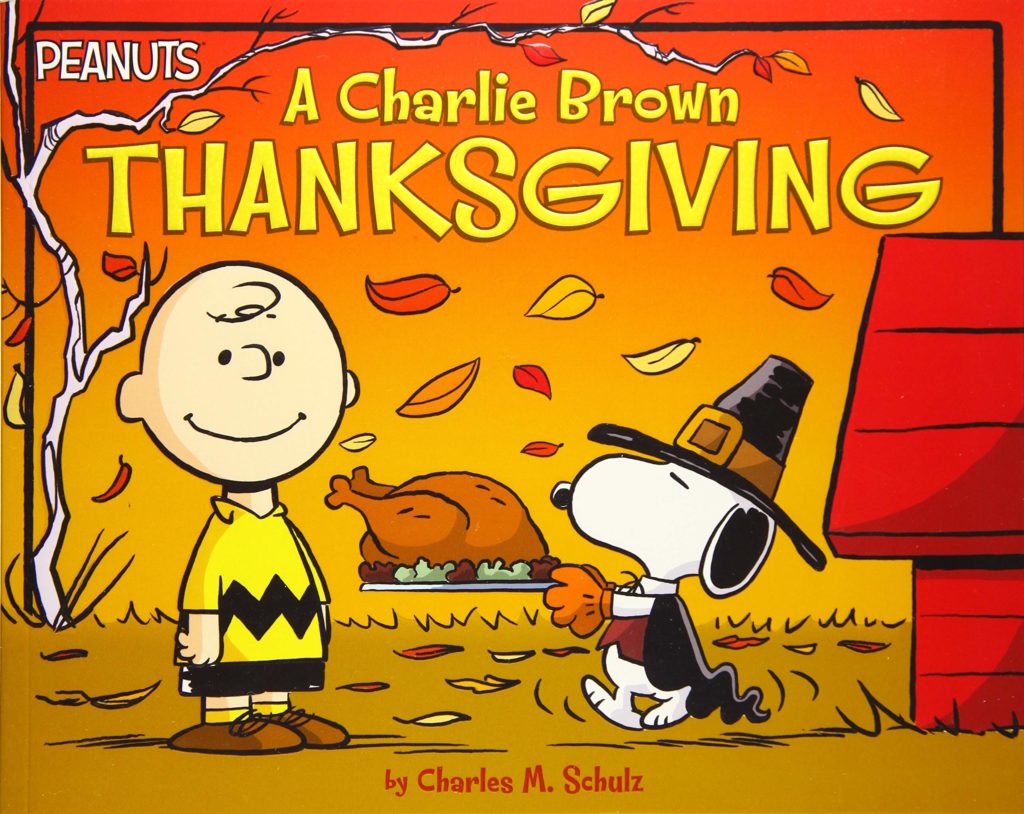Thanksgiving: Our National Holiday for Genocide

Phil Deloria, the acclaimed historian who is the son of the famous Vine Deloria, reminds us in this book review that there are far greater problems with Thanksgiving than just the culinary crimes of tasteless turkey breast and yams with marshmallows on top. It’s that the holiday is a national celebration of genocide.
A couple of decades later, Sarah Josepha Hale, the editor of Godey’s Lady’s Book, proposed a day of unity and remembrance to counter the trauma of the Civil War, and in 1863 Abraham Lincoln declared the last Thursday of November to be that national holiday, following Young’s lead in calling it Thanksgiving. After the Civil War, Thanksgiving developed rituals, foodways, and themes of family—and national—reunion. Only later would it consolidate its narrative around a harmonious Pilgrim-Wampanoag feast, as Lisa Blee and Jean O’Brien point out in “Monumental Mobility: The Memory Work of Massasoit” (North Carolina), which tells the story of how the holiday myth spread. Fretting over late-nineteenth- and early-twentieth-century immigration, American mythmakers discovered that the Pilgrims, and New England as a whole, were perfectly cast as national founders: white, Protestant, democratic, and blessed with an American character centered on family, work, individualism, freedom, and faith.
The new story aligned neatly with the defeat of American Indian resistance in the West and the rising tide of celebratory regret that the anthropologist Renato Rosaldo once called “imperialist nostalgia.” Glorifying the endurance of white Pilgrim founders diverted attention from the brutality of Jim Crow and racial violence, and downplayed the foundational role of African slavery. The fable also allowed its audience to avert its eyes from the marginalization of Asian and Latinx labor populations, the racialization of Southern European and Eastern European immigrants, and the rise of eugenics. At Thanksgiving, white New England cheerfully shoved the problematic South and West off to the side, and claimed America for itself.
The challenge for scholars attempting to rewrite Thanksgiving is the challenge of confronting an ideology that has long since metastasized into popular history. Silverman begins his book with a plea for the possibility of a “critical history.” It will be “hard on the living,” he warns, because this approach questions the creation stories that uphold traditional social orders, making the heroes less heroic, and asking readers to consider the villains as full and complicated human beings. Nonetheless, he says, we have an obligation to try.
Given the level of whining among white liberals for noting their racism in making decisions about schools, I’m sure this national conversation would be very ugly. But what are you going to do? The only way to deal with these problems is to directly confront white people about both the present and past and if they don’t like it, then they were never going to do the first thing to fight racism in the first place.
And what about that great gathering between Pilgrims and Indians we all play-acted in school to tell the story of America being so great and wonderful?
The Pilgrims were not the only Europeans the Wampanoags had come across. The first documented contact occurred in 1524, and marked the start of a century of violent encounters, captivity, and enslavement. By 1620, the Wampanoags had had enough, and were inclined to chase off any ship that sought to land. They sent a French colonizing mission packing and had driven the Pilgrims away from a previous landing site, on the Cape. Ousamequin’s people debated for months about whether to ally with the newcomers or destroy them. When they decided to begin diplomacy, they were guided by Tisquantum (you may recall him as Squanto) and Epenow, New England natives who had been captured, held in bondage in Britain, and trained as interpreters by the English before eventually finding their way back across the Atlantic.
Why would Ousamequin decide to welcome the newcomers and, in 1621, make a mutual-defense pact with them? During the preceding years, an epidemic had struck Massachusetts Bay Indians, killing between seventy-five and ninety per cent of the Wampanoag and the Massachusett people. A rich landscape of fields and gardens, tended hunting forests, and fishing weirs was largely emptied of people. Belief systems crashed. Even survival did not mean good health, and, with fields unplanted and animals uncaught, starvation followed closely behind. The Pilgrims’ settlement took place in a graveyard.
Wampanoag people consolidated their survivors and their lands, and reëstablished internal self-governance. But, to the west, the Narragansetts—traditional rivals largely untouched by the epidemic—now outnumbered the Wampanoags, and that led to the strengthening of Ousamequin’s alliances with the surviving Massachusett and another nearby group, the Nipmucks. As the paramount sachem, he also had to contend with challenges to his leadership from a number of other Wampanoag sachems. And so, after much debate, he decided to tolerate the rather pathetic Pilgrims—who had seen half their number die in their first winter—and establish an alliance with them. That history, understood through Wampanoag characters and motives, explains the “rejoicing” that Americans later remembered as a pumpkin-spiced tale of Thanksgiving conciliation.
The Wampanoags were already well-versed in the genocide of Europeans by 1620. The Pilgrims were just the next step in this process. And whites have never looked back since. As we as a nation basically erase Native people from our modern history and politics (Jill Lepore’s recent history of the United States has not one word about them in the entire twentieth or twenty-first century; more on this book soon), and so just reinserting them into the center of our political and historical discourse is step #1. And among other things, that means remembering that race in America is multifaceted and that there is nothing in this nation not poisoned by white racism and genocide.
